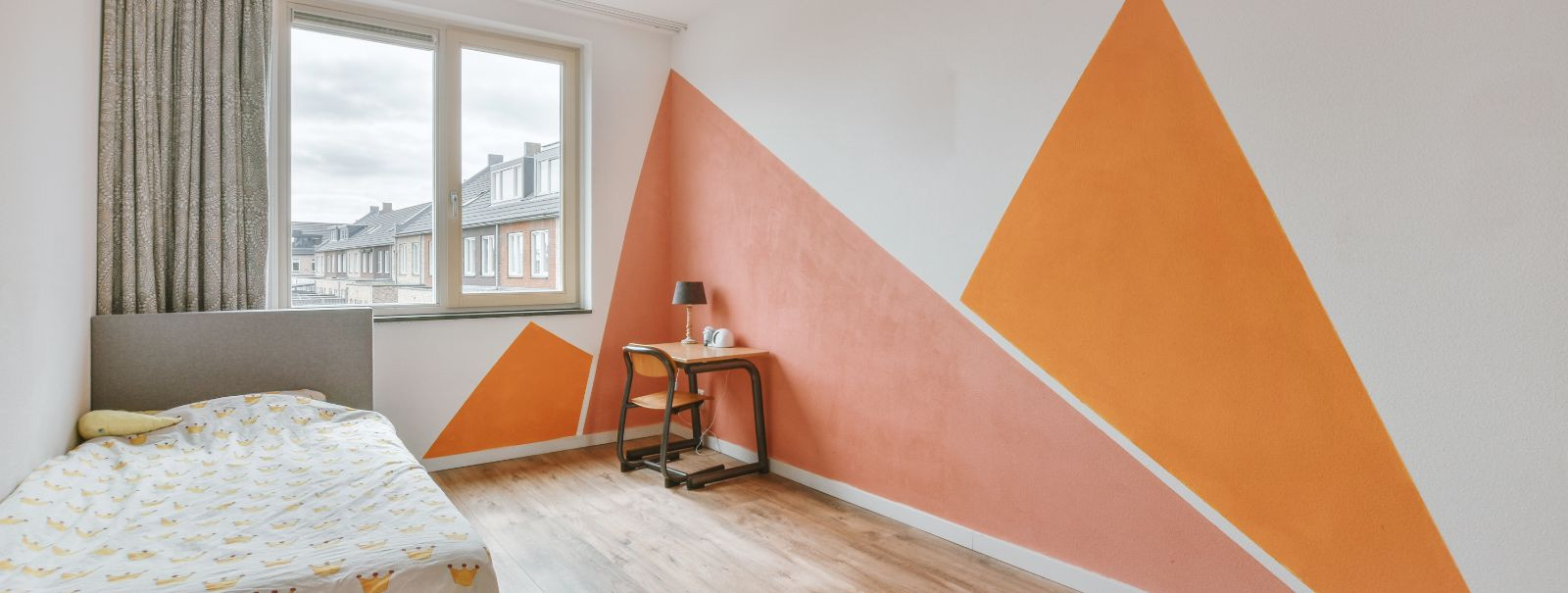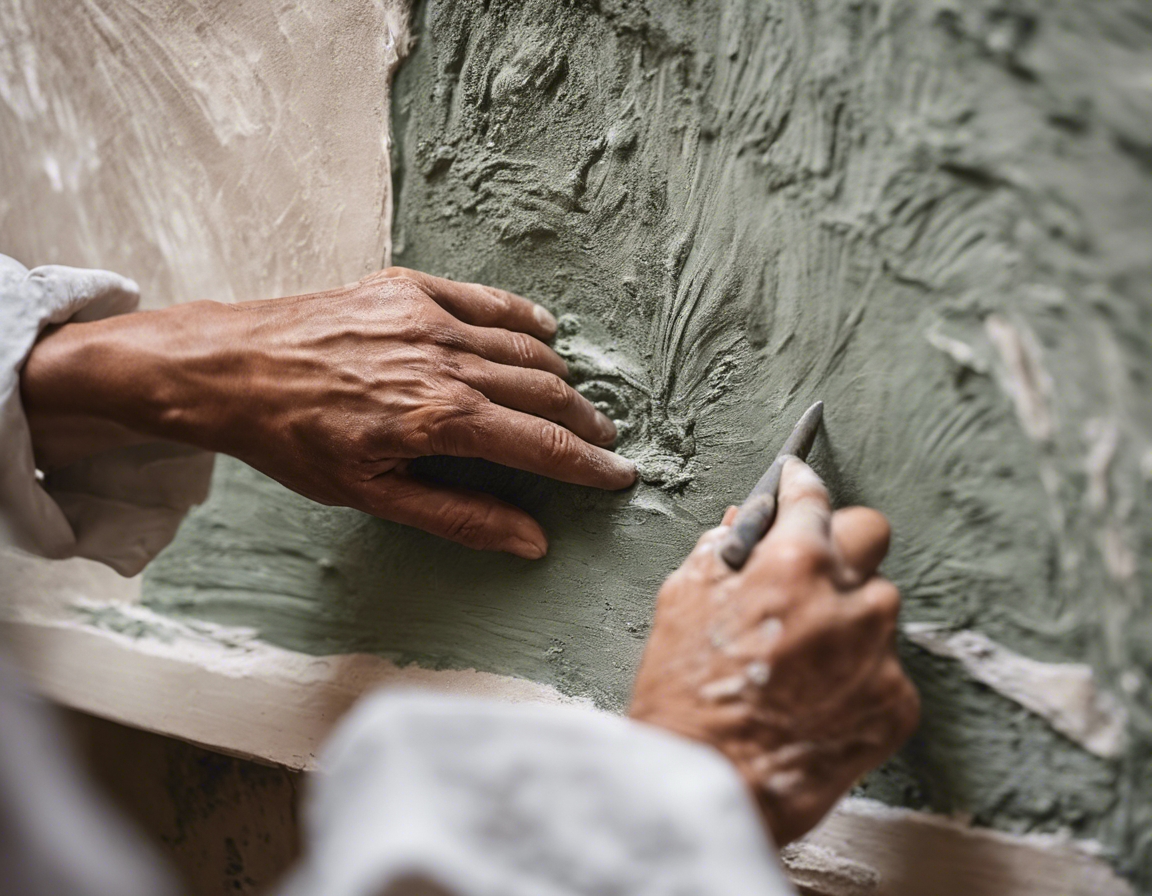The art of decorative painting in modern interiors
Decorative painting is an art form that dates back to ancient civilizations, where it was used to embellish the walls of sacred temples and grand palaces. It encompasses a variety of techniques designed to enhance the aesthetics of an environment, making it more visually appealing and reflective of personal or cultural tastes.
In today's design landscape, decorative painting has found a new lease on life, offering a unique way to infuse character and individuality into modern interiors. It bridges the gap between traditional artistry and contemporary style, providing a bespoke touch to any renovation or refurbishment project.
Types of Decorative Painting Techniques
Fresco painting, a method of applying water-based pigments to freshly laid plaster, has been revived in modern settings to create stunning murals and statement walls.
Glazing involves layering translucent paint to achieve depth and richness in color, adding a luminous quality to walls and ceilings that can't be replicated with standard paint finishes.
Grisaille is a monochromatic painting technique that uses shades of gray to simulate sculpture or architecture, adding a sophisticated and timeless element to spaces.
Marbling mimics the intricate patterns of natural stone, bringing an element of luxury and opulence to interior surfaces without the cost or weight of actual marble.
Gold leafing, the application of thin sheets of gold to a surface, creates a touch of glamour and reflects light in a way that paint alone cannot achieve.
Incorporating Decorative Painting in Modern Spaces
Selecting the appropriate decorative painting technique depends on the desired effect and the function of the room. It's important to consider the existing design elements and how the decorative painting will complement them.
Integrating traditional decorative painting methods with modern design can create a harmonious blend of old and new, offering a unique and personalized interior that stands out.
Commercial spaces can benefit greatly from decorative painting, as it can reinforce brand identity, create an inviting atmosphere, and make a lasting impression on clients and customers.
The Process of Decorative Painting
Working with a professional decorative painter begins with a consultation to discuss the vision for the space, followed by the development of a concept that aligns with the client's aesthetic and functional needs.
Proper preparation of surfaces is crucial for the longevity of decorative painting. The application process requires precision and skill to ensure a flawless finish.
Decorative painting may require specific maintenance to preserve its beauty over time. This includes gentle cleaning and occasional touch-ups, particularly for high-traffic areas.
Working with Professionals
Engaging with a professional decorative painter ensures that the work is executed with the highest level of craftsmanship. Their expertise allows for the creation of custom designs that truly transform a space.
When selecting a decorative painter, look for a portfolio of diverse projects, testimonials from satisfied clients, and a willingness to collaborate closely with you to bring your vision to life.






Comments (0)